

NEPAL
Dynamic. Wild. Gracious.
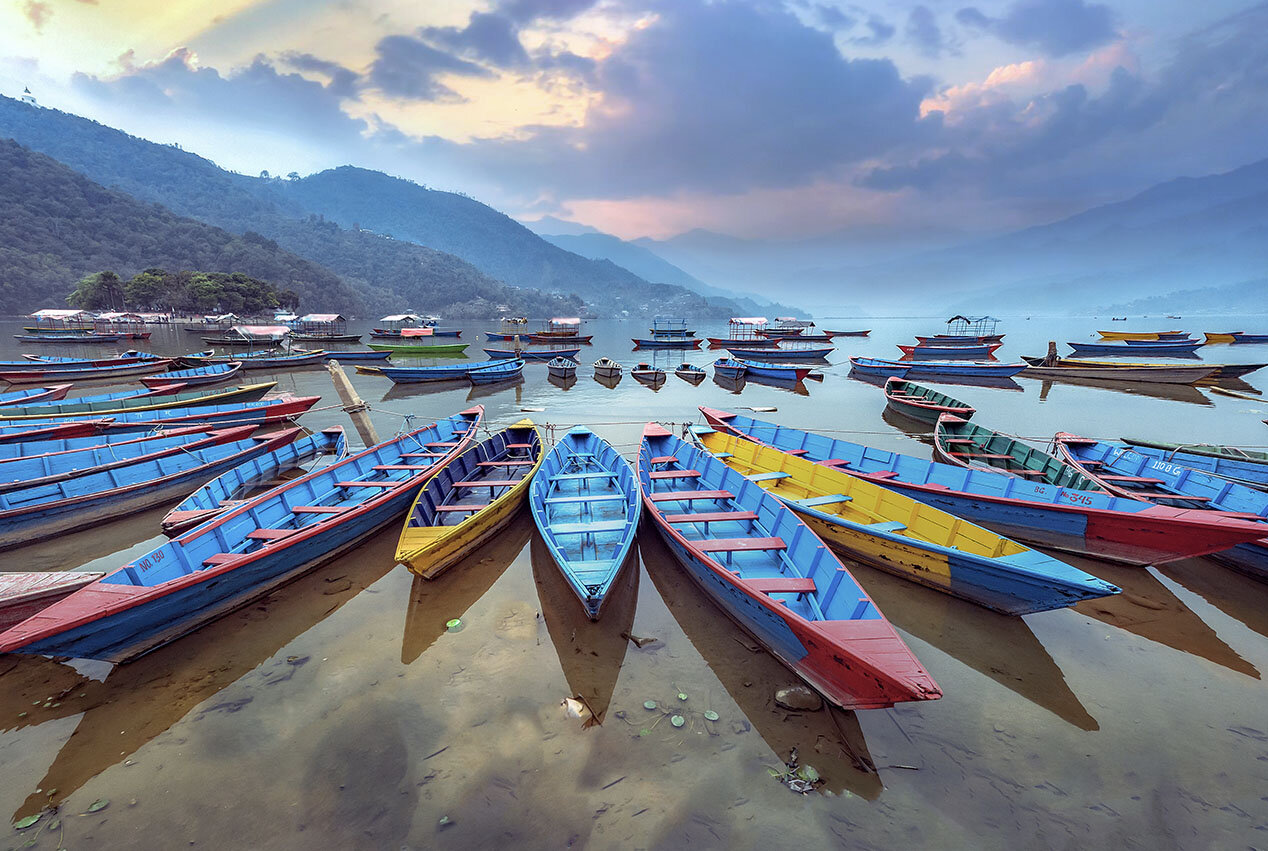
KATHMANDU & POKHARA
Once truly off the beaten path, these far-flung towns retain the charm and exoticism of their pasts. Ancient Kathmandu is bursting with fascinating temples, bustling markets and UNESCO heritage sites. In contrast, quaint Pokhara is nestled in the mountains, catering to trekkers in search of a bit of comfort amid the unforgiving alpine landscape.
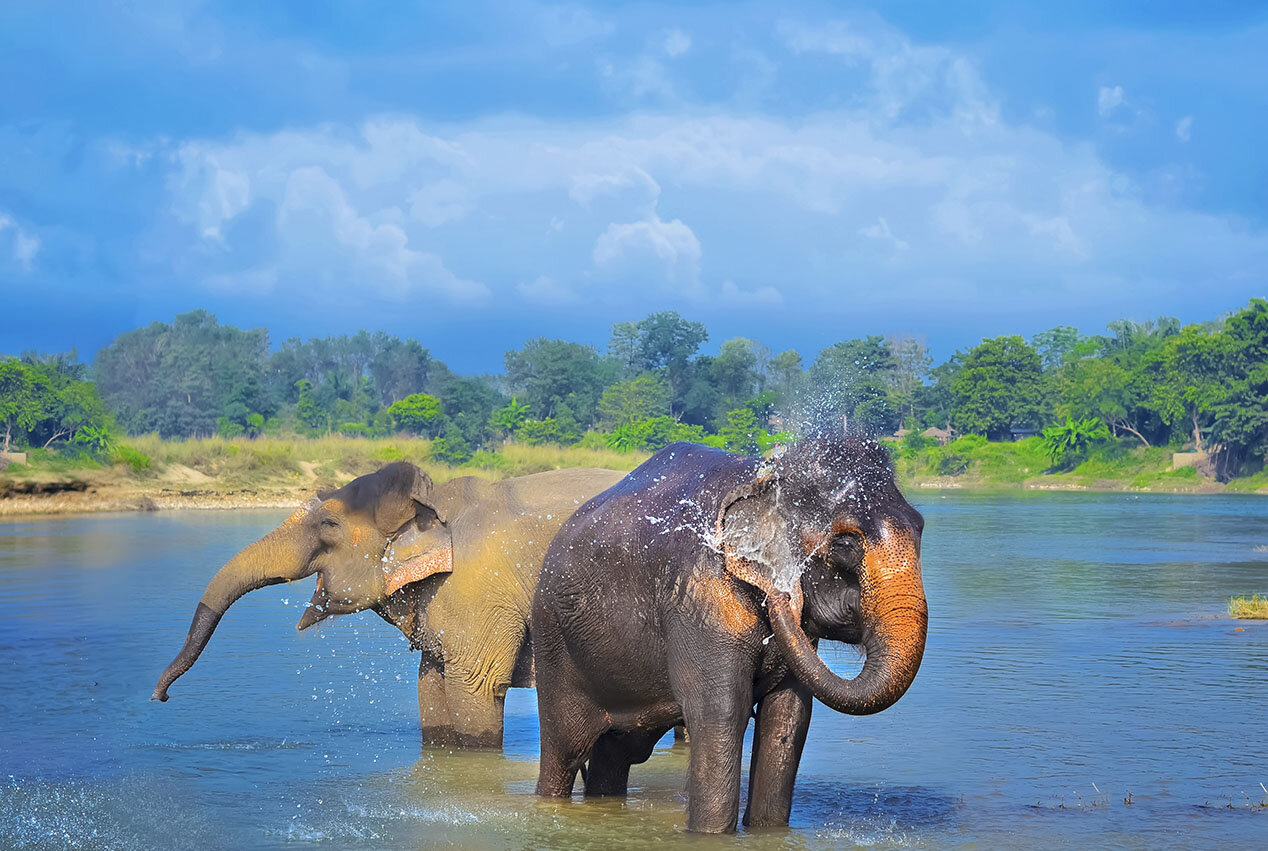
CHITWAN & ROYAL BARDIA NAT’L PARKS
Lowland Nepal is positively teeming with wildlife and offers one of Asia’s best chances of spotting Bengal tigers, rhinos and leopards in the wild. A jeep safari through Chitwan is an unforgettable experience, while more remote Royal Bardia offers a better chance of seeing wild game.
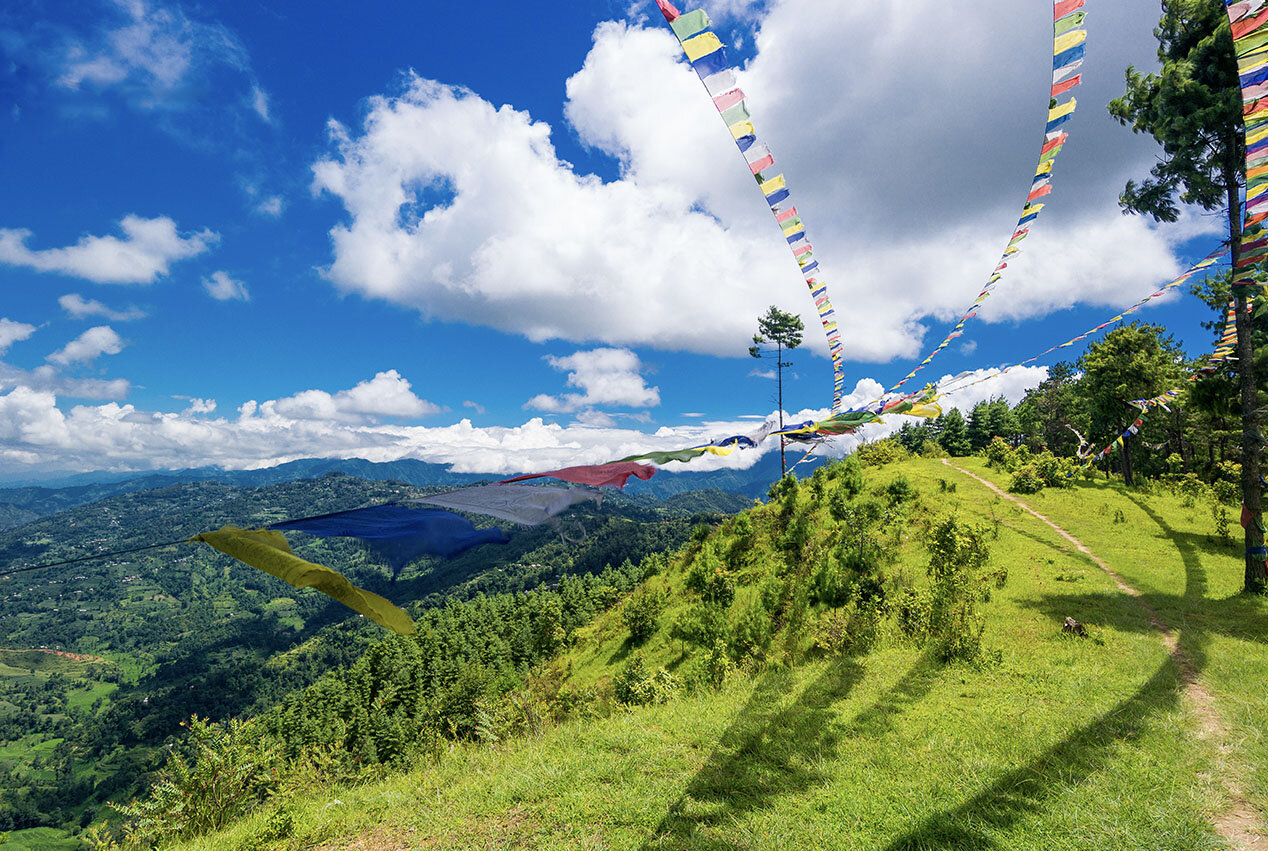
KATHMANDU VALLEY
Home to no less than seven UNESCO World Heritage sites, the Kathmandu valley is a rich repository of many centuries of Nepalese art, culture and history. Patan is known for its extraordinary Newari architecture, while nearby Bhaktapur exemplifies the simple beauty of 17th-century Nepalese life.
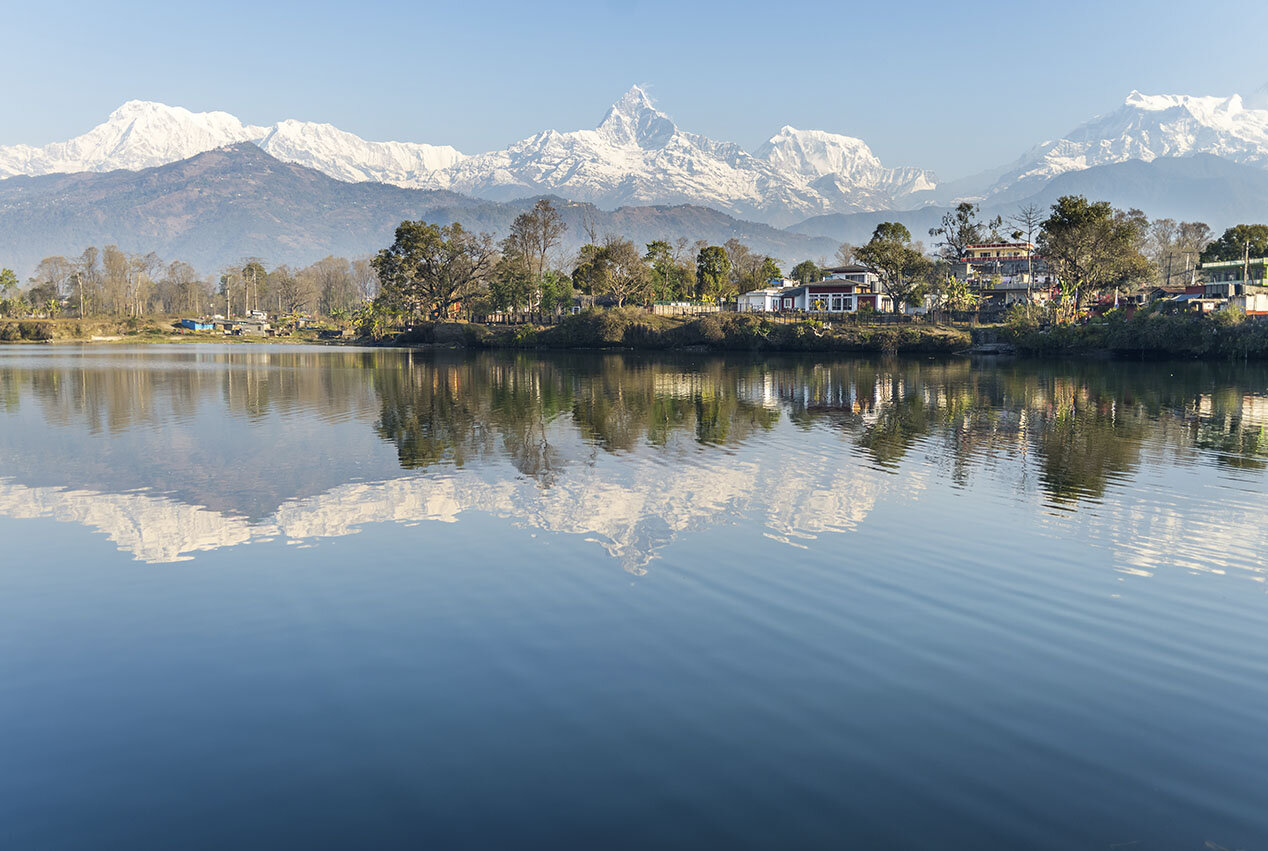
LAKE PHEWA
Lake Phewa is Nepal’s second largest lake and offers a pleasant respite for the weary traveler. Enjoy a cruise on its glassy water and visit the temple set in the middle of the lake. Or stroll the lanes of pleasant, lakeside Pokhara with its charming lakeside cafés and bookstores catering to trekkers.
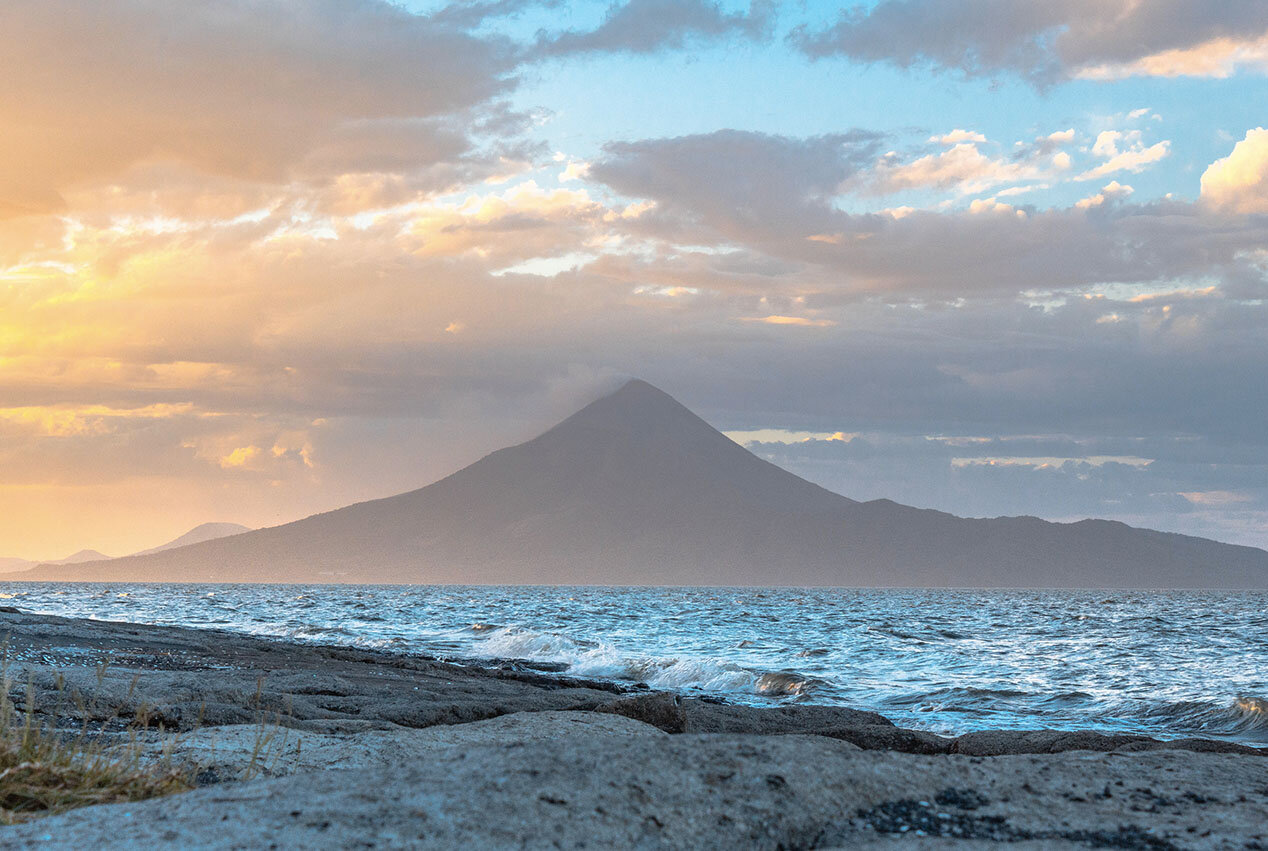
NAGAROT & SARANGKOT
Ridgetop Nagarkot offers sweeping mountain views and the opportunity to stay the night and rise early for an unforgettable sunrise over the mountain peaks. Sarangkot also rewards hikers with tremendous views of the Annapurna skyline. These popular day hikes are for those who enjoy stretching their legs but prefer to retire to a comfortable, full-service lodge at the end of the day.
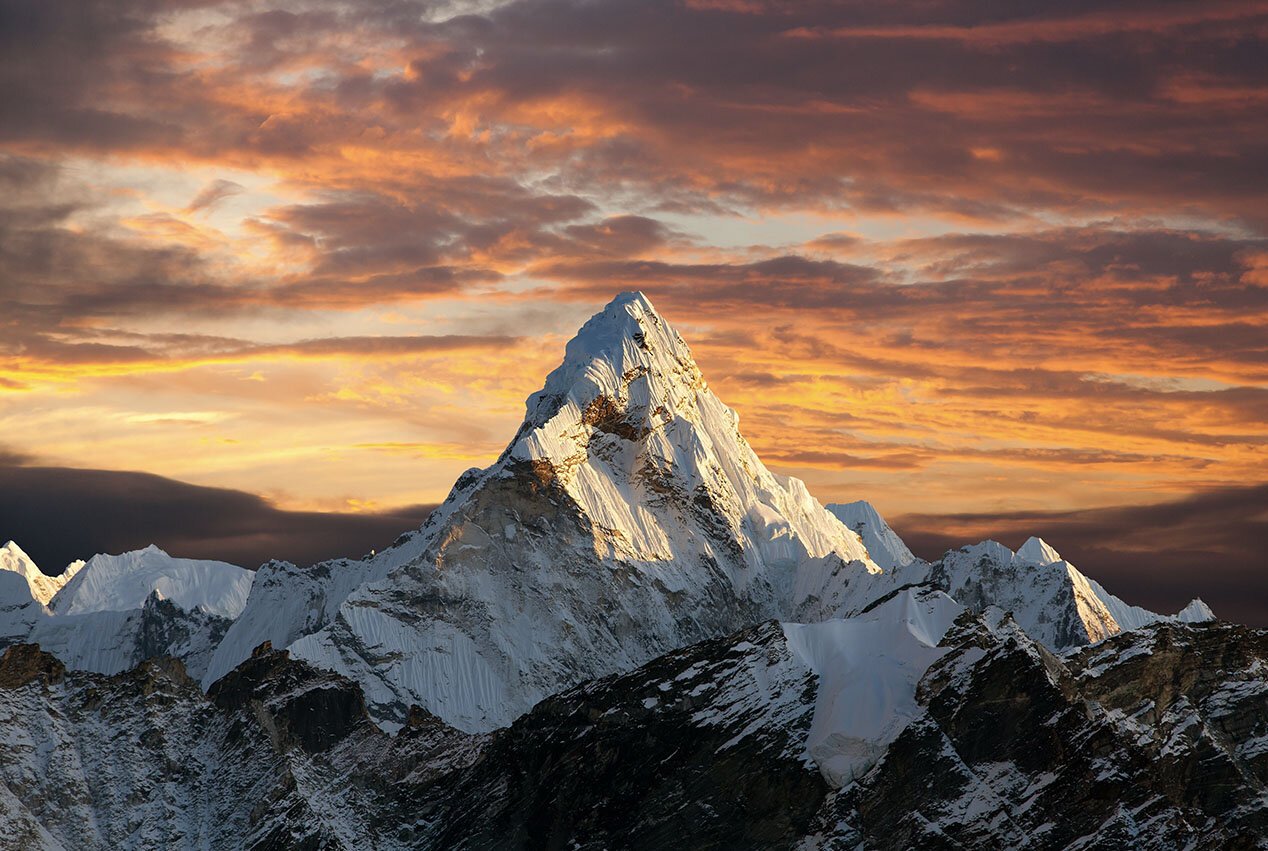
MT. EVEREST & ANNAPURNA REGIONS
Ranging from a few days to a few weeks and 8,000 feet to 18,000 feet, these rugged, hiking paths are among the world’s best known for good reason. Winding through iconic mountain scenery, charming local villages and historic temples, there are few better ways to truly feel the pulse of alpine Nepal. Full service guides, porters, cooks and other staff accompany travelers to make these treks optimally comfortable and enjoyable.
sign up for our
Newsletter
Stay current with all the latest being offered from ATJ, as
well as updates on Asia Destinations.























